By: Carla T. Santiago
The term “work from home” (WFH) or as others call it “WFH” informally, refers to work that is completed remotely rather than in an office. Though the home is coined in the phrase, one can basically work anywhere as long as the hours needed and the job assigned are completed and satisfied.
Working from home is not new. Some industries, like online retail companies, had been taking advantage of this work concept in the 2000s, however, it wasn’t during the COVID-19 pandemic in 2020 that work-from-home employment started to become commonplace for many businesses and industries. Many companies had to immediately adapt to a work-from-home model in response to the pandemic to keep their staff secure and healthy at the same time keeping their income coming in. As a result, a large number of people who had never worked remotely before were suddenly forced into it.
According to an article on FinMasters, in May 2020, among US citizens (aged 20 to 64 with annual earnings of at least $10,000), 61.5% of paid working days were spent doing so from home. This only equates to the number of companies turning to remote work during the height of the pandemic. This, of course, has gone down to 27.7% as of Feb 2023 as the nation eases out of the global health problem. [1] Despite that, one cannot deny the fact that working from home did change the way many companies run their business. As of January 2023, 12.54% of new US online job listings mentioned remote employment options.[1]
As the years passed, employers and employees began recognizing the advantages of working from home. One benefit is that it gives people greater flexibility with their work schedules. There is no requirement for a strict 9 to 5 schedule, so they can work at their own pace and on their schedule. It also reduces the amount of time and money spent commuting, which may be a big benefit for people who live far from their place of employment. The ability to work from home also provides a more comfortable and relaxed work atmosphere, which can boost output and job satisfaction.
Despite the benefits, remote work has some drawbacks. It has raised concerns about productivity, security, burnout, and mental health. However, due to the perseverance of many, these disadvantages are slowly getting solutions. Many companies are developing software that could be used by businesses to track workers’ productivity. Other companies create programs that would help individuals who are suffering from mental health issues. These are, to say the least, some of the steps taken to maximize the benefit of a work-from-home setup. Many more are stepping up to address other issues that will prevent remote workers from getting the same work output as those working in an office.
We can go on and on listing the pros and cons of working from home, but nevertheless, we can only move forward by embracing the new norm. There will always be industries where a work-from-home setup won’t work. Industries where work-from-home set up won’t be welcomed, however, if there is one thing that this pandemic has taught us, it is that nothing is set in stone. This old but new work practice restructured how the future of manpower will be utilized. It may be a double-edged sword that will either make or break the future of the workforce, but one thing is certain: work-from-home is here to stay.
Full Citation: Aleksandric, M. (2023, April 21). How Many Americans Work From Home? 10+ WFH Statistics. FinMasters. https://finmasters.com/how-many-americans-work-from-home/
In-Text Citation: (Aleksandric, 2023)





